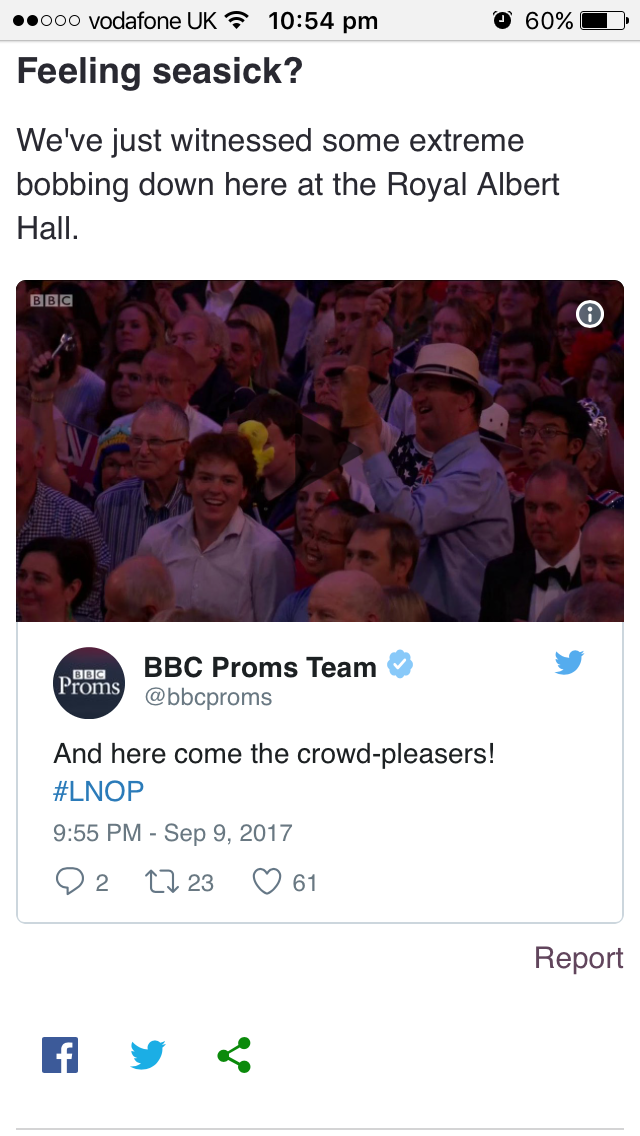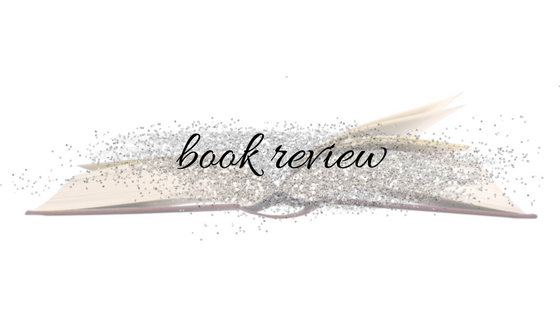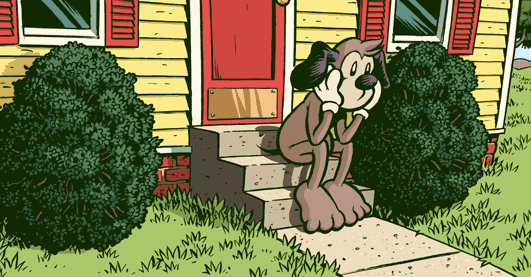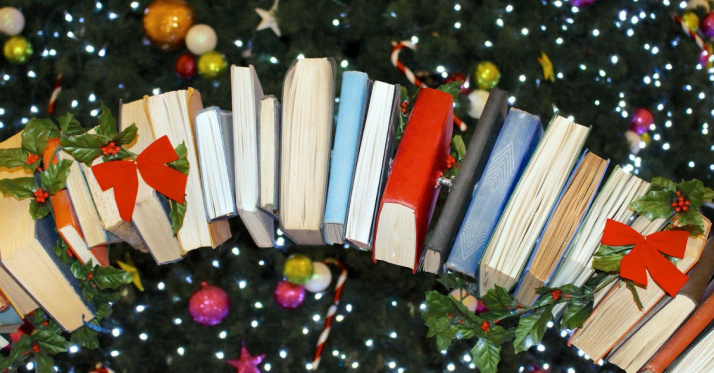Having arrived back from Denmark in the very early hours of Tuesday morning, the first thing that Jacqueline and I wanted to do was to get some sleep. But later in the day, we had things to do. We had both signed up for the Gates Learning For Purpose (LfP) videography workshop. This was hosted in the GSCR on Tuesday afternoon. We went along with a score of other interested Gates scholars, armed with our iPhones. LfP had arranged for two videographers to come in and share their stories about film making. Both were from the company Duck Rabbit. Over the course of the afternoon, they taught an abridged course of all of the basic elements required to make a film: what cameras you need, what kind of microphone you need, how to utilise the lighting, how to manage subject matter and some basic editing advice. The audience were very receptive, asking many questions on the finer details along the way.
Once they had explained enough techniques, they gave us all microphones and asked us to divide into pairs to put our new skills into practise. I was paired with Nathan. We were each given a small quick-to-build model aircraft and were briefed to interview each other about our first (or any) experience on a plane. We also needed to get some B-roll footage to cut away to during our editing. Nathan and I went outside and played around with a few ideas, before getting enough together to start editing. We were using iMovie, which is a somewhat basic software, but it was enough to get started. The workshop finished with everyone heading out for dinner at the University Centre.
On Wednesday and Thursday, I played Real Tennis games against Catherine, Almudena and Krittika. The latter two games were part of the Champagne League, a summer-long round robin tournament that needed to be concluded by the end of the week. Owing to time away in Denmark, I had a few games still to play, but managed to get them all in by the deadline.
Wednesday was also the day to meet with the Orientation committee and sort through the applications from returning scholars to come to the Lake District. We would only have a limited number of spots available, and we had more people wanting to attend than places available. We knew it was likely that enough people would pull out, making space available on the waitlist, but we still needed to get a list together for organisational purposes. We sat down with the applications; each of the committee read through the applications and gave their approval or disapproval. We sorted through the comments and found a shortlist and a waitlist, even though as the week progressed, drop outs meant that we would call on most of the waitlist anyway.
Come Friday morning, it was time for Jacqueline and I to head down to London for our final visit to the Proms 2017. However, our departure was delayed owing to have to wait for the telecommunications technician to arrive to begin to install the new internet connection to our house. The technician was there for part of the morning, and we stayed until Emma returned home to supervise the remainder of the visit.
We cycled quickly down to the railway station, catching a late morning train in to London King’s Cross. We caught the Piccadilly line across town to the Royal Albert Hall by just after midday. By attending more than five concerts over the course of the Proms programme, we had been eligible to purchase Arena promming tickets to the Last Night. Traditionally the queuing for the last night began the previous day and stretched overnight, but the new system for this year meant that all you needed to do was show up at midday on the Friday before the Saturday concert and collect a queuing ticket. You were then free to go away and do other things until the concert itself. Of the roughly 800 tickets available, we were 150th and 151st in the queue.
Jacqueline’s friend Kevin had also arrived into London from Vancouver for his PhD, and met us at the Royal Albert Hall and picked up a queuing place in the day prommers queue. We also all got queue places for that night’s concert as well. We then headed back out on the Tube to Bethnal Green, where Kevin had a new apartment. We dropped off our belongings as we would be staying there the next few nights. In our spare time, Jacqueline and I put together an Ikea cupboard that Kevin had purchased a few days prior.
The three of us headed out to grab an early dinner before the night’s concert; opting for some Thai food in central London. We then returned to the Royal Albert Hall and made our way into the concert hall. Having been at the Royal Albert Hall early, we had near front of the queue tickets that meant we were slightly ahead of where we usually stood. The penultimate concert of the Proms programme featured perhaps the most famous orchestra in the world: the Vienna Philharmonic. It was a fairly safe repertoire: Mozart’s 14th Piano Concerto featuring Emanuel Ax, and Beethoven’s 7th Symphony. The latter was the third Beethoven symphony we had seen at the Proms that season. Jacqueline and Kevin, both violinists, complained about a slight tuning issue early in the piece, but they came back strongly; pushing the epic finale to its limits. They finished the piece to rapturous applause. It was a fantastically unique opportunity to be able to experience the Vienna Philharmonic for a price of only £6. We returned to Bethnal Green to spend the night.
In the morning, the three of us headed out for brunch. But we were too early for most of the places, opening their doors around ten o’clock. Having an hour to spend, Jacqueline and I found a playground in Victoria Park complete with a waterworks park and things to climb and spin. Kevin was not amused, but we were. Eventually, we headed for the brunch: some pancakes covered in maple syrup.
Jacqueline and I left Kevin and headed for Vauxhall. In neighbouring Lambeth, the London Fire Brigade had set up a pop-up museum, which seemed like it would be an interesting attraction to visit. London has one of the oldest and largest fire brigades in the world, and and even older history of devastating fires. They had a number of fire engines on display ranging across the last hundred years. For me, it was interesting to see how the fire engines have developed for a highly urban, metropolitan environment, whereas the fire engines I am used to from back home are tailored for either suburban or rural usage. In particular, as museums in Britain often like to do, they made much of the efforts of the fire fighters responding to enemy bombings during the Blitz and the Battle of Britain in the second World War.
For the afternoon, we walked slowly over to the Royal Albert Hall for the last time, stopping for snacks in St James’s Park. We took up our positions in the queue, which conveniently allowed us to sit comfortably on the balustrades. It was the Last Night of the Proms, a traditionally nationalistic celebration of British music. People were handing out EU flags, but these were swamped by the large number of people wearing or carrying Union Jacks. Non-Brits had their own flags too: I brought along my Australian flag, and Jacqueline had a few Canadian flags. Watching the other people milling about on the forecourt, I challenged Jacqueline to find another Canadian or Australian flag, which was later made easier when someone came up to us and waived a Québécois flag in response to Jacqueline’s Canadian flag.
Eventually, the party began to move inside, and the line progressed on. As we had been relatively early in our queue tickets, we were in the fourth row of people from the front of the stage. We had about an hour waiting inside for people to fill from the back, but already the flags were waving, and the celebrations had started. People in the boxes draped large Union Jacks over the balconies. Some people in the Arena noticed that one of the flags had been draped upside down, to which they yelled up to the boxes asking if they were in distress. As it happens, we were stood next to another Australian, who had both a regular Australian flag and an Australian Red Ensign.
The entire concert was littered with people popping party poppers or waving their flags ferociously. The first half was slightly more sedate; there were a few commissioned works and the commemoration of a centenary of Finnish independence with a choral version of the Finlandia Hymn. The traditions were hinted at early, when two of the prommers lay a wreath around the bust of Proms founder Sir Henry Wood, and polished the bust’s brow with a handkerchief. But it was during the interval that the flag waving and traditions would really began.
The first few songs of the second half were a few light-hearted songs sung by soprano Nina Stemme. But what we had really all come to hear and see was the traditional last arrangements of songs. The first Last Night classic was Henry Wood’s arrangement of Fantasia on British Sea Songs. For this, the television cameras were largely focused on us, the audience, as each are combined with a number of audience voices or shenanigans.
The first of the Sea Songs was The Saucy Arethusa, a march where the audience each bob up and down to the beat. It ended when someone in the audience floated a giant inflatable balloon parrot above the arena. The second, Tom Bowling, is an emotional piece with a cello solo, where everyone in the audience pulls out handkerchiefs and pretends to sob emotionally into them.
The third was Hornpipe, which by contrast is fun and joyous and speeds up as the piece goes on. The audience claps all the way through, with a double-clap at the end of each motif, getting faster and faster until it devolves into general applause. For the first few motifs, the audience have honker horns that they use for the double clap, which makes an interesting sound at a classical music concert. There is also much bobbing. The concert master, in his two solos, also broke away from the score and diverted to the James Bond theme, much to the audience’s amusement. Because the piece is so fun to the audience, the end of it was repeated with an encore.
The fourth, fifth and sixth pieces were simulcast with concurrent concerts in Glasgow, Enniskillen (Northern Ireland), and Swansea, each contributing a national song: An Eriskay Love Lilt, Danny Boy, and Ar lan y môr. Each concert was broadcast onto the big screens in the Royal Albert Hall.
The seventh piece among the Sea Songs was See the conqu’ring hero comes, to which the audience whistle the melody along with the flute. But it was with the eighth piece that the deep traditions really begun. Nina Stemme rejoined the stage carrying a spear and shield and wearing a viking inspired helm. It was time for Rule Britannia!, a deeply nationalistic song about Britain’s naval power. The audience sing at the chorus at the top of their voices and wave their Union Jacks vigorously: Rule Britannia; Britannia rules the waves. Britons never never never shall be slaves!
The conductor, Sakari Oramo gave a speech to the audience about the Proms, the music traditions of the Proms, the artists and performers at the Proms, the growth of female conductors, and the evolution of the role of the conductor that hinted briefly at European integration and took a tiny joke at America’s expense. This ended with the audience taking three cheers for the Prom’s founder, Sir Henry Wood.
After the speech, it was time for the final set of traditions, beginning with Elgar’s Pomp and Circumstance March, otherwise known by the words put to it as Land of Hope and Glory. Through the March, everyone in the arena bobs up and down; this is the piece most famous for such bobbing at the Last Night. In the slower central section, the BBC singers and chorus join the audience to sing Land of Hope and Glory. All of the flags are waving at this point, and the sound of everyone’s voice in the arena is incredible. It is very easy to get caught up in the patriotism of it all, even though our respective colonies had been independent for over a hundred years. The audience loved singing it so much, there was a brief encore with another chance to sing the chorus.
The final two songs both also involved the audience singing and waving flags: firstly the English hymn Jerusalem, followed by the National Anthem, God Save the Queen, to which the even the orchestra took to their feet during the performance.
The final Last Night tradition was the singing of Auld Lang Syne, for it really was the end of the Proms season and it felt like a closing chapter until another time. For this, the audience cross arms and hold hands with the people next to them and shake their arms up and down to the tune of the song. Overall, it was a fantastic night, and a great way to end the twelfth Prom that Jacqueline and I had been to that season.
We headed back to Bethnal Green for a late night, which was followed by a very early morning. Jacqueline and Kevin were both heading to a conference in Barcelona on an early morning flight from Stansted, and they would have to catch a rail replacement bus from Liverpool Street. I went with them; my first trip on the Night Tube, and caught the first train back up to Cambridge. I took a small nap, then headed out to Joanna and Danny’s. They had recently moved to a new place, and were having a housewarming, which involved watching some College Football from across the Atlantic. I stayed there most of the afternoon, hanging out and catching up with a number of people I hadn’t seen for quite a while.






